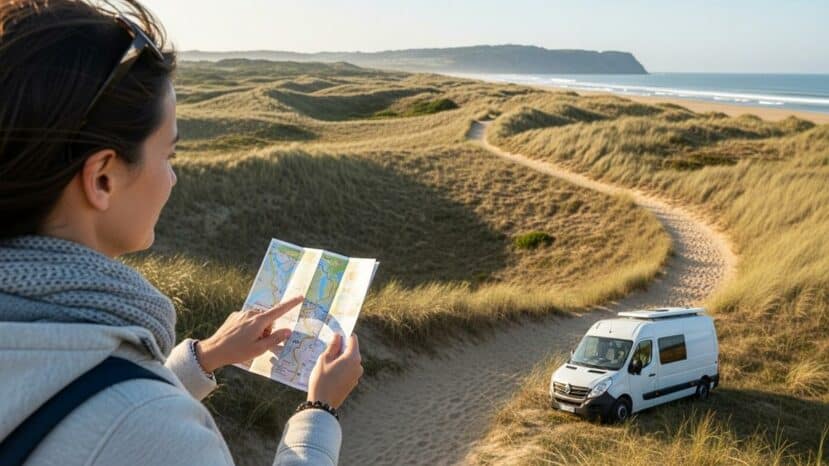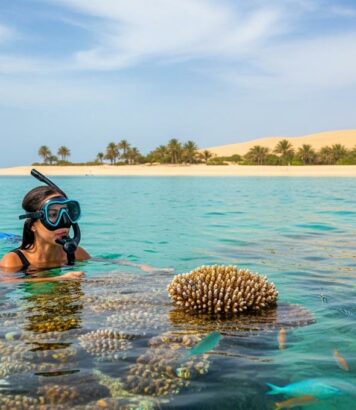Road trip in France: the best itineraries by van or car to discover the country differently

Looking for fresh air, freedom and impromptu stopovers? A road-trip in France is an easy way to get back in touch with time, without leaving
The major crossings for a road-trip in France
The selection of itineraries highlights ranges, coasts and plains. There are loops suitable for both weekends and longer vacations. What’s more, France offers flexible distances, from
To choose, start with a clear theme. Do you like mountains, the sea, or built heritage? On the other hand, avoid ticking off everything at once. Keep your road-trip simple and fluid.
The pace counts as much as the map. Plan
“The right road is the one that leaves time to stop.”
Practical advice before hitting the road
Prepare your car or van before you leave. Tire pressure, brakes, lights: everything must be in order. Also, check insurance and assistance. A worry-free road-trip starts with reliable mechanics.
On the budget side, plan ahead for fuel, tolls and accommodation. Divide the tasks on board to conserve energy. In short, an offline map avoids dead zones. This reflex saves a road-trip when the network disappears.
- Best periods: April-June and September-October to avoid overcrowding
- Speeds in France: 80 km/h (roads), 110 (expressways), 130 (freeways)
- Ideal stages: 150 to 250 km per day, breaks every 2 hours
- Useful equipment: triangle, vest, kit, chargers, water, headlamp
- Accommodation: official areas, campsites, local rooms, flexible reservations
Coastal and heritage itineraries
On the north coast, the cliffs and harbours offer a relaxed rhythm. What’s more, the wind sets the pace for stops between beaches and museums. Allow
Along the Atlantic coast, dunes and forests create a gentle atmosphere. Swimming, cycling and nature reserves alternate. On the other hand, summer traffic builds up near the resorts. This route is ideal for both family and sporting road-trips.
To the south, lagoons, garrigues and red rocks follow one another. The light changes between the Camargue, the Calanques and the Capes. As a result, it’s best to avoid rush hour on the corniches. A cultural road-trip adds to the mix, with châteaux, wines and listed villages.
Mountains and natural parks
The relief offers passes, lakes and clear panoramas. The seasons also dictate access to certain high passes.
Further south and in the center, causses, gorges and plateaus alternate. In short, narrow roads and belvederes call for caution and patience. But the wildlife and dark skies make these detours worth the effort. This nature road-trip is best enjoyed at low speed.
Preparing your itinerant trip, from van to car
Your choice of vehicle determines your travel style. A van offers sleeping accommodation and autonomy, but requires more forethought. What’s more, night-time parking is subject to local regulations. For a respectful road-trip, check with your local town hall or park before any extended stopover.
Organize luggage by zone: driving, cooking, sleeping, leisure. So every stop is quick and easy. Many service areas now provide water and waste disposal facilities. A routine at the end of the day eases the resumption in the morning.
On the road, drive smoothly and attentively. This reduces fatigue and fuel consumption. Always have a plan B for sleeping in case of unforeseen circumstances. Being kind to people and places makes all the difference.





No comments
Post a comment
Always participate in accordance with the law and with respect for others.